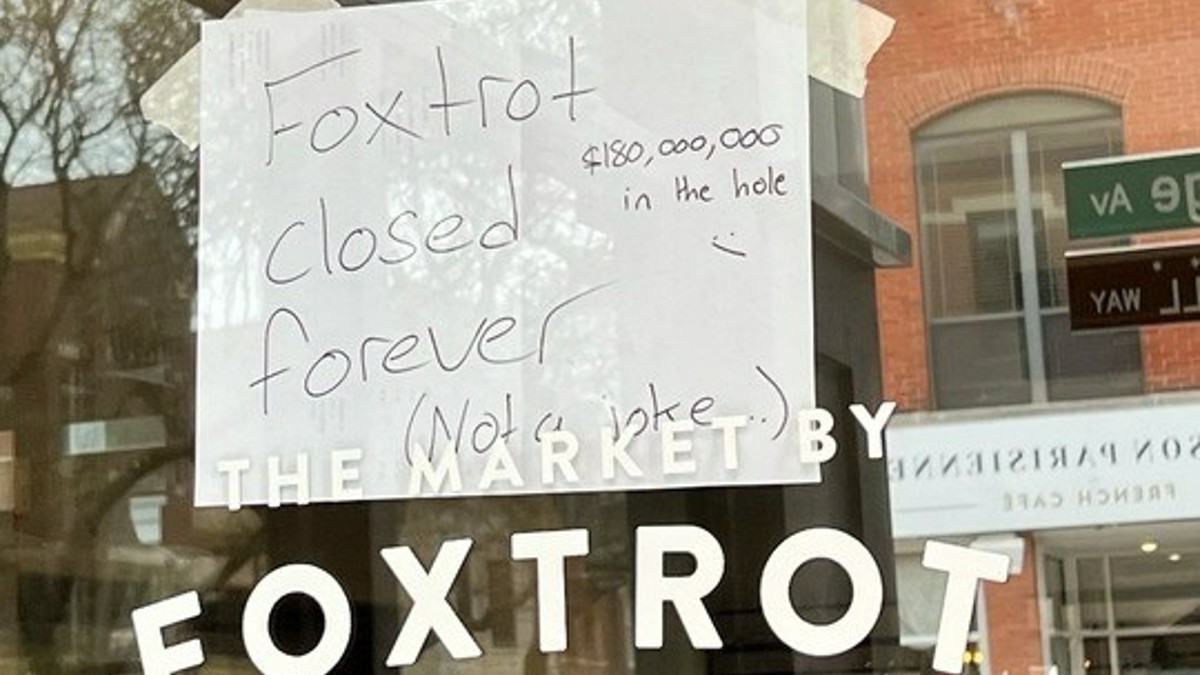Greg Shue compares designing the recently opened Maverick Whiskey Distillery to fit into the 101-year-old Lockwood National Bank building in downtown San Antonio to doing a jigsaw puzzle.
Greg Shue compares designing the recently opened Maverick Whiskey Distillery to fit into the 101-year-old Lockwood National Bank building on Broadway in downtown San Antonio to doing a jigsaw puzzle. Or fitting a square peg into a round hole.
In other words, difficult.
The San Antonio Express-News reports owner Ken Maverick was more optimistic with Shue.
Shue, managing partner of Open Studio Architecture, remembers his first conversation with Maverick about the project. "I said to Ken, `You mean you want to build a distillery on three tight floors in this tiny, historic building in downtown San Antonio where you'll have delivery issues?' He looked at me and said, `That seems like a wonderful design challenge.' "
The Maverick Whiskey Distillery opened in July, but its roots stretch back to before 1836 and the fall of the Alamo when family patriarch Sam Maverick sold whiskey brought to Texas from his family's distillery in the Carolinas. Meanwhile, the building at 115 Broadway that houses the distillery, restaurant, bar and event space has a history that's just as colorful.
Built in 1918 to house Lockwood National Bank, the building's narrow yet imposing, four-column Greek-Doric facade connotes the strength and security a bank needed to project at a time when there was "a six-shooter in every teller's drawer and a double-barreled shotgun behind the railing as protection against holdups," according to Express-News history columnist Paula Allen.
Local
The latest news from around North Texas.
Lockwood eventually merged with the much larger Frost National Bank, moving out in 1928. Over the years the building, which once had a towering lobby, was occupied by a succession of businesses, including other banks, an insurance company, a nursing school and, finally, an antiques mall.
The building stood largely empty until it was purchased two years ago by the husband-and-wife team of Ken Maverick, a surgical ophthalmologist, and Amy Maverick, an internist.
What Shue found when he first entered the three-story, 15,000-square-foot building made his eyes hurt.
"Every surface in the place was painted a bright canary yellow," he said.
Shue's first task was to carve out a space to house the mad-scientist equipment needed to produce whiskey, gin and, after a late decision, beer. He decided to site the works to one side of the building's lobby area, which operates as a terrazzo-floored saloon and tasting room serving cocktails and small plate appetizers. A glass wall separates the saloon from the distillery so customers can watch the workers go about their business as they sip and nibble.
The imposing, stainless steel equipment is also visible from Peacock Alley outside the building through large glass windows. A way to entice customers into the distillery.
But the real difficulty came when Schue had to figure out how to make the large custom-built German vats, some as tall as 12 feet, fit in the building. His solution was to cut away a portion of the first floor ceiling, opening the area to the floor above. This made room for the equipment while also giving patrons in the second floor dining room a through-the-glass view of the distillery works below, including one vat, called Bessie, topped with the horns of a longhorn steer.
Shue also solved the delivery problem by installing a pair of cranes, one inside the building, the other outside, capable of hoisting and moving 2,000-pound bags of grain from delivery trucks out back into the distillery room inside the building.
"It was a puzzle to make all this fit," he said. "A real ballet. We had clearances that were less than an inch or 2 when we were moving equipment into the building."
Shue also carved out first floor space for new public restrooms and a blending room in the back.
The second-floor houses a bar and a dining room design that was described by general manager Ande McBay as "Old West meets upscale." It features a white mosaic tile floor and walls with traditional Prohibition-era wainscoting on the bottom half and glass on the top half, giving diners that bird's eye view of the distillery below.
The curved, marble-topped, 31-foot-long bar was custom built onsite and sports a vintage brass still and spittoon to add to the old-timey feel. On a more modern note, one end of the bar has been lowered to wheelchair height as part of the distillery's efforts to be more accessible. For example, the tasting room's audio/visual system is compatible with most hearing aids and Braille menus are on order.
The dining room design also displays a sense of whimsy. In front of the men's restroom, for example, the mosaic tile spells the name "Sam" in green; in front of the women's restroom it spells "Mary" in pink. These names refer to Sam and Mary Maverick, ancestors of the current owners and inspirations for the distillery's name.
Sam Maverick was signer of the Texas Declaration of Independence, survivor of the Alamo and a whiskey distiller. In fact, Ken and Amy Maverick insisted the distillery use Sam's original recipe, which McBay describes as "51% corn and 49% secret."
The restaurant features portraits of Mary, an ardent preservationist who is often called the first lady of San Antonio, and Sam, as well as their grandson, Maury Maverick, who served both as a member of the House of Representative from Texas and mayor of San Antonio. The building also sits on land Sam and Mary once owned.
Toward the back of the second floor, there's the clubby, leather-walled Republic Room that can accommodate up to 18 people for private events such as corporate meetings.
When the building was purchased, the large third floor that is today an event center that can seat up to 100, was a low-ceiling, claustrophobic mess of a space. To open things up, Shue raised the central portion of the ceiling, adding windows for additional natural light.
The architect retained several portions of rough-hewn structural beams, giving the third-floor room a rustic appearance that is softened somewhat by the addition of narrow copper planters affixed just below the newly installed windows. These containers have been planted with string-of-pearls, a hardy succulent that eventually will cascade down from the planters.
With everything in place, the distillery is now running full bore and seems ready to add another chapter to the building's colorful history.



